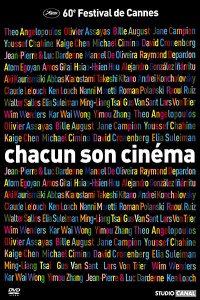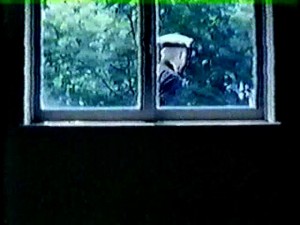For all of us who didn’t make it to Cannes… [Chicago Reader blog post, 6/4/07]
Film For all of us who didn’t make it to Cannes…
Posted By Jonathan Rosenbaum on 06.04.07 at 07:51 PM
Go to French Amazon or FNAC, both of which charge 19.99 Euros plus postage [2016 note: Alas, that price has nearly tripled by now] for a delightful DVD containing all 32 of the three-minute movies commissioned by Gilles Jacob, former director of the Cannes film festival, to precede many of the features at Cannes this year. The loose thematic hook is the darkness inside a movie theater, and the lineup of filmmakers is impressive: in alphabetical order (and please forgive me not including any links here — life is too short), Theo Angelopoulos, Olivier Assayas, Bille August, Jane Campion (the only woman, alas), Youssef Chahine, Chen Kaige, Michael Cimino, David Cronenberg, Jean-Pierre and Luc Dardenne, Manoel de Oliveira, Raymond Depardon, Atom Egoyan, Amos Gitai, Hou Hsiao-hsien, Alejandro Gonzalez Inarritu, Aki Kaurismaki, Abbas Kiarostami, Takeshi Kitano, Andrei Konchalovsky, Claude Lelouch, Ken Loach, Nanni Moretti, Roman Polanski, Raul Ruiz, Walter Salles, Elia Suleiman, Tsai Ming-liang, Gus van Sant, Lars von Trier, Wim Wenders, Wong Kar-wai, and Zhang Yimou. (Incidentally, if you click on and enlarge the illustration here, all of these names become magically visible.)


